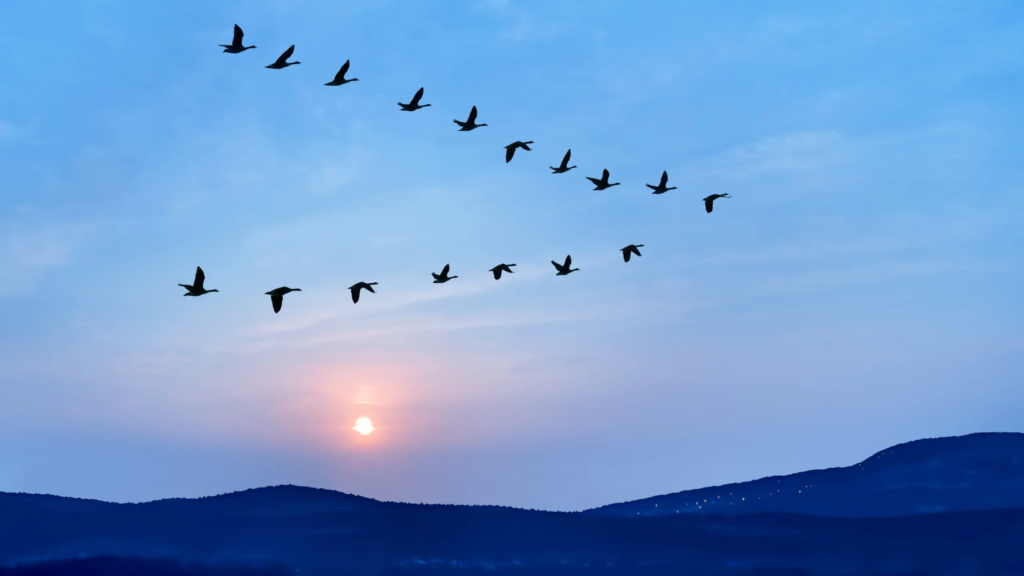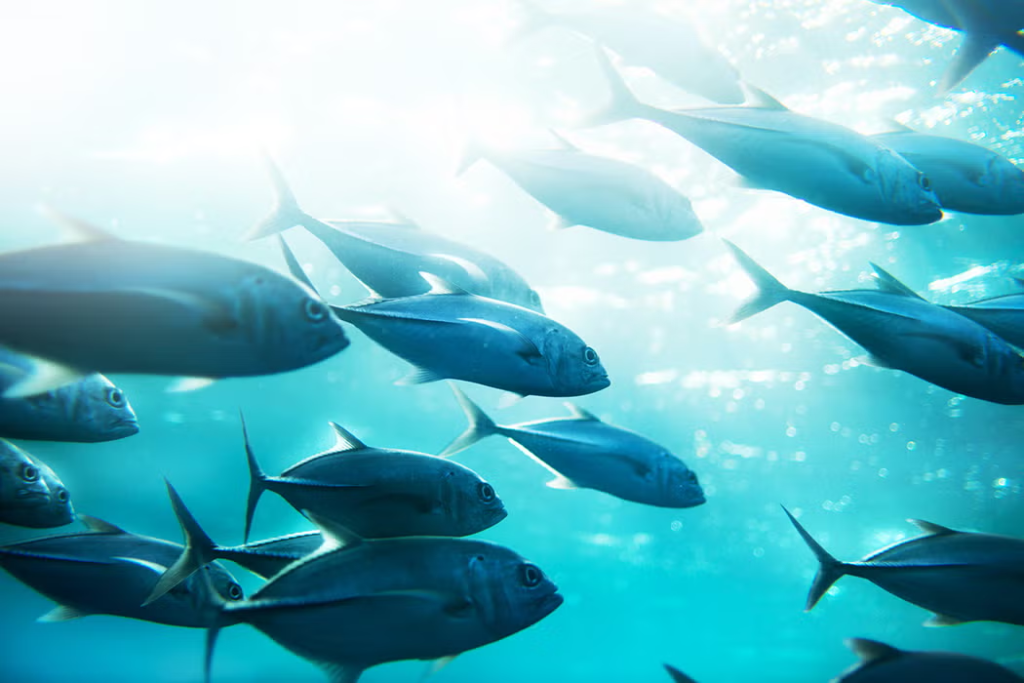Living Things Move
key notes:
Definition of Movement:
- Movement refers to the ability of living things to change their position or location.
- All living things can move, but the way they move varies.
Movement in Animals:
Animals move to find food, escape danger, or find a place to live.
Examples of animal movement:
- Humans walk, run, or jump.

- Birds fly.

- Fish swim.

Cows walk or run.
Animals move using different parts of their bodies, such as legs, fins, or wings.
Movement in Plants:
- Plants do not move from place to place, but parts of plants move.
- Roots grow downward into the soil in search of water.
- Stems and leaves can bend or move towards light (phototropism).
- Flowers may open and close, and some plants, like the Venus flytrap, move to catch food.
Why Do Living Things Move?:
- Animals move to get food, shelter, and to reproduce.
- Plants move in response to light, water, and other environmental factors to survive.
Different Types of Movement:
- Locomotion: Movement from one place to another (e.g., walking, swimming, flying).
- Growth Movement: Movement that occurs as the living thing grows (e.g., plants growing towards light).
Importance of Movement:
- Movement helps living things find food, escape predators, and adapt to their environment.
- It also helps plants get sunlight for photosynthesis and water from the soil.
Let’s practice!

